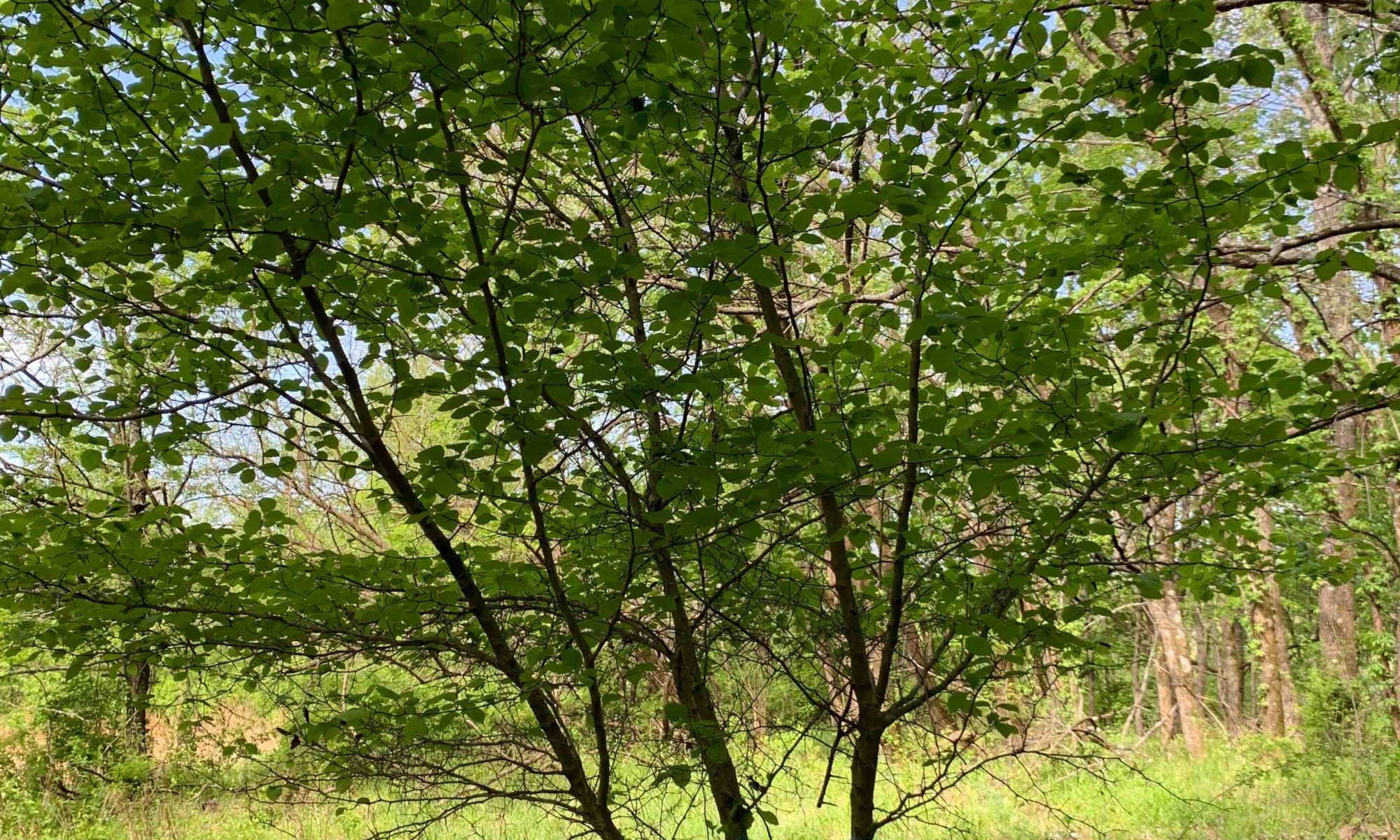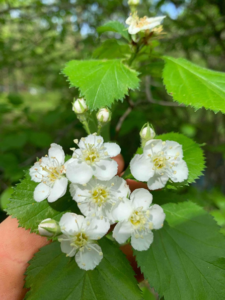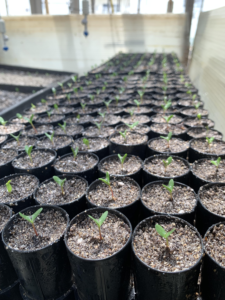
A small population of one of the rarest woody plant species in North America grows in Obion County, Tenn. The Harbison’s hawthorn tree is ranked as extremely rare and critically imperiled by the Tennessee Rare Plant List.
Initially, only two trees were known to exist, both in Davidson County. Then, NRCS biologists found a population of 70 trees in Obion County in 2014.
This past spring Barry Hart and Mike Hansbrough, both NRCS, resurveyed the area in April with Jesse Parker, a research specialist with the UT Tree Improvement Program. They found 91 Harbison’s sprawled across 87 acres in Obion County.

The 91 trees ranged in height from one to 19 feet with an average height of 10 feet. They found 24 trees were flowering including some heavy with blooms. Parker said this suggests the potential for a large seed crop in the fall, and they hope to collect seeds from each of the trees with the cooperation of the landowners.
The team recorded coordinates for each tree and staked aluminum tags at each tree base. These details will help the program locate, identify and maintain the origin of the trees when it returns to collect scion wood, or twigs, for grafting. The team plans to experiment with bud grafting Harbison’s hawthorn onto Washington hawthorn understock thanks to 500 commercially-produced seedlings the team acquired this spring. They will also graft the buds onto Washington hawthorn in February with dormant scion wood.

Once the grafted clones grown to a suitable size, the program will plant them on orchard spacing sites at the UT AgResearch Center at Milan and the UT Ames AgResearch Center.
The seed Hansbrough collected last fall went through a four-month warm stratification, meaning it stayed at room temperature, followed by a four-month cold stratification. Those seeds were sown into trays in July.

Parker said they’ve had good germination with more than 300 seedlings emerging in the past few weeks. The successful seedlings will be used as additional rootstock or distributed to the Tennessee Plant Conservation Alliance and the Arnold Arboretum at Harvard University.
